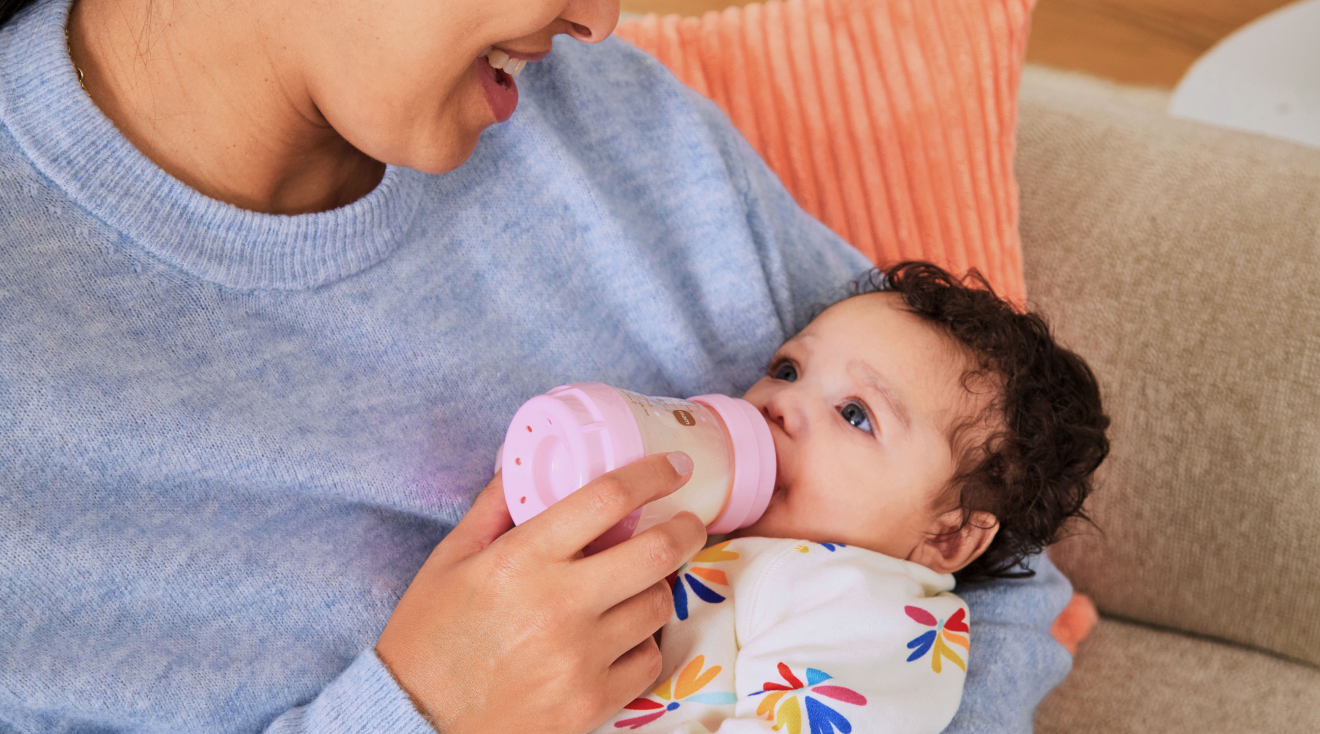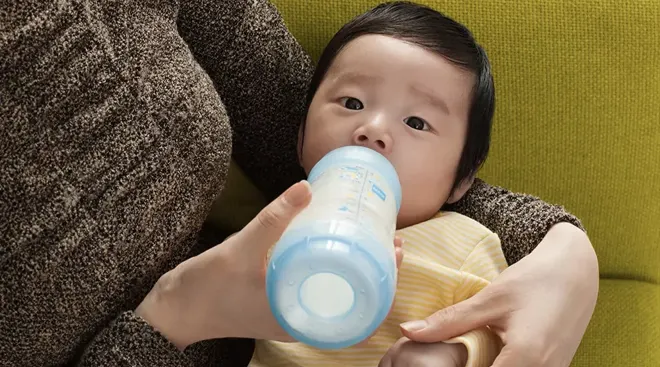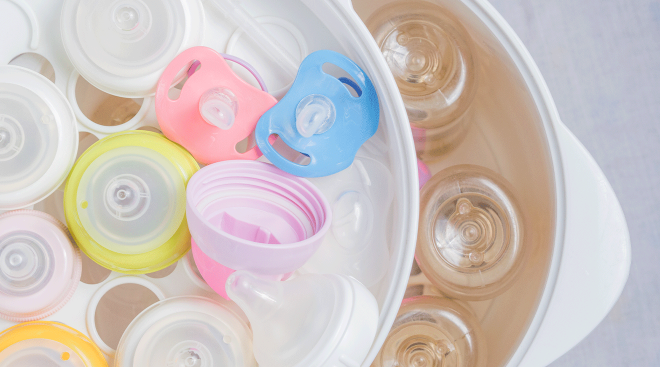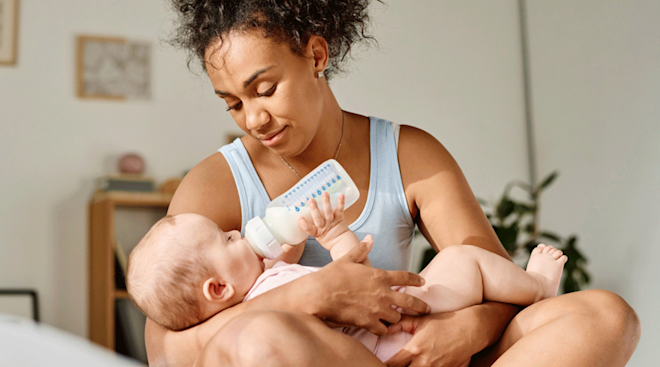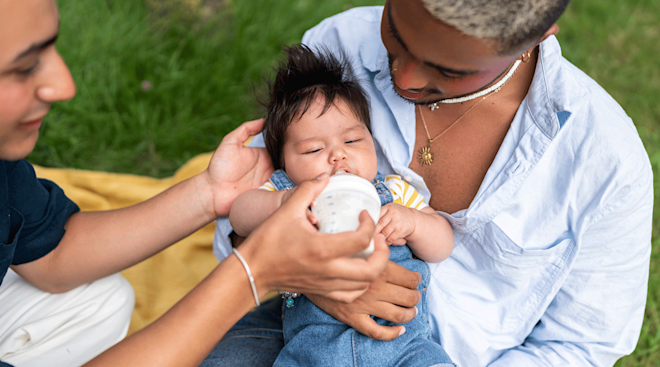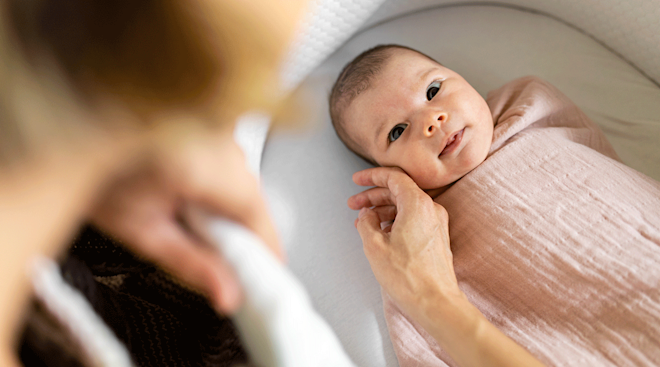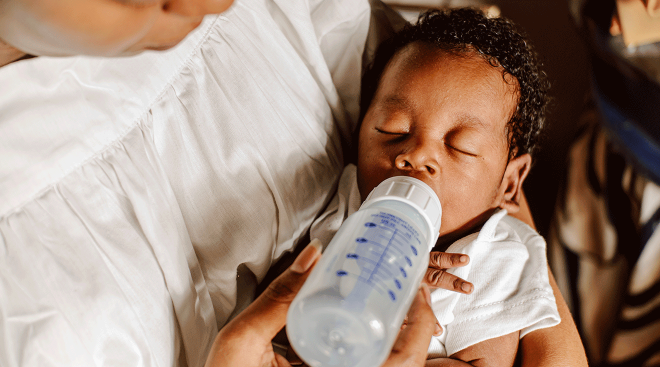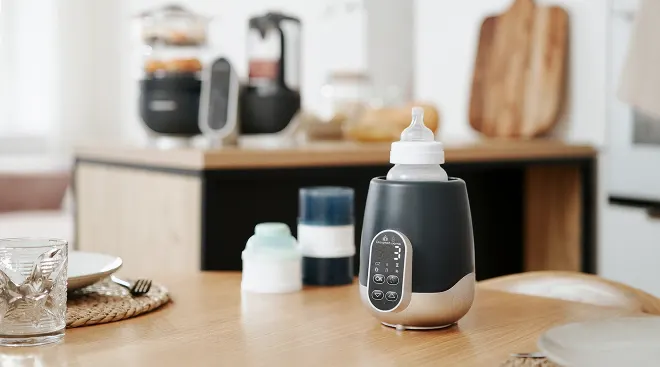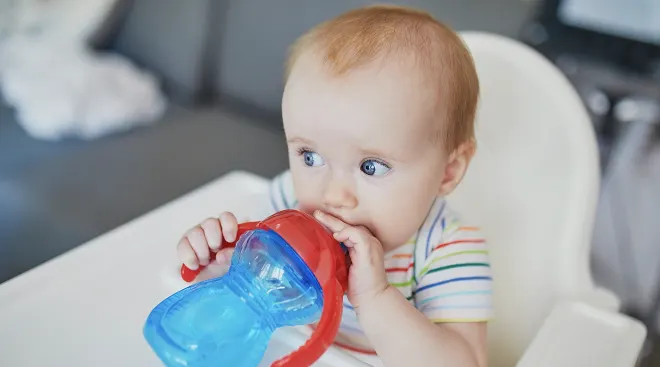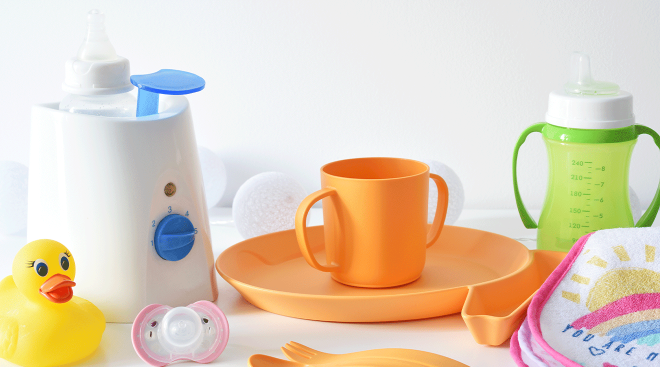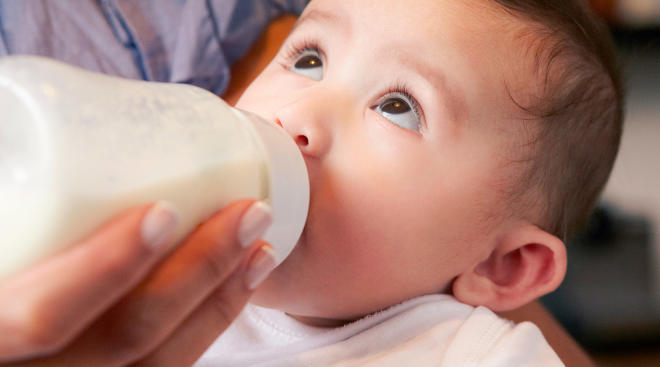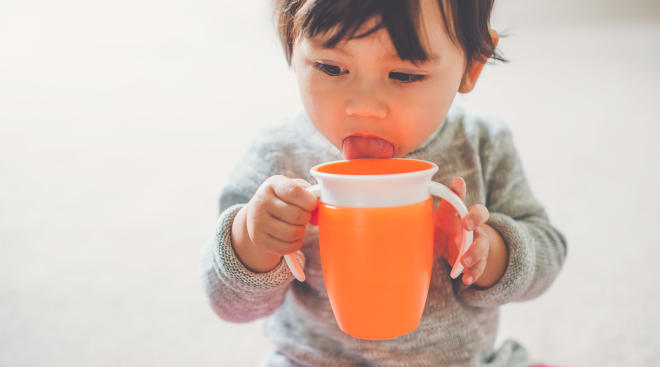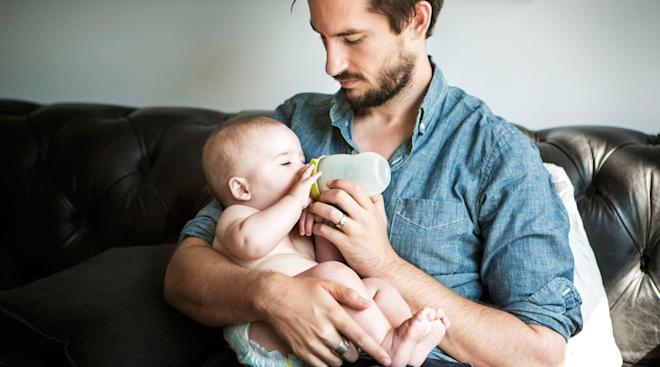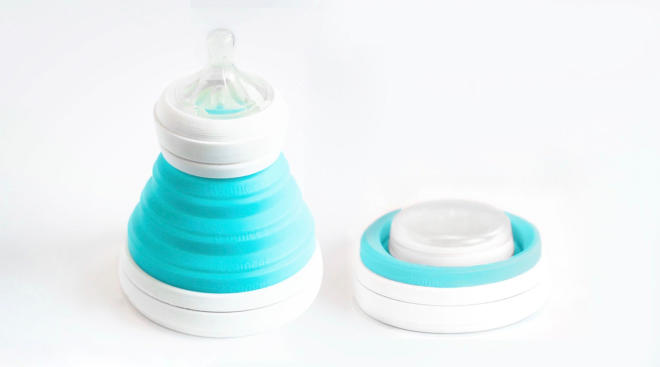We Asked the Experts—Here’s Everything You Need to Know About Choosing a Baby Bottle
Whether you’re pumping, formula feeding or combo feeding, two things remain the same: You’re nourishing baby the best you can, and you’re gonna need some bottles. The problem is, when you’re strolling through baby aisles IRL or scrolling online, shopping for bottles can feel overwhelming (so many choices!). But before you succumb to decision fatigue, here’s what truly matters most when selecting the just-right bottle for your little one.
Even if you’re primarily breastfeeding, introducing a bottle at the right time can set your family up for big success. “Bottle-feeding helps all caregivers share in the feeding journey—and it can support better nighttime sleep,” says MAM Ambassador Meg O’Leary, a sleep consultant and founder of A Restful Night. While breastfed babies can sleep as well as bottle-fed babies, tracking milk intake with a bottle is far easier than tracking how much baby takes from the breast. Translation: Using a bottle can help with planning feeds and understanding your little one’s nighttime needs.
If you’re planning to introduce a bottle, many experts recommend starting between 2 and 4 weeks old to help establish a feeding routine. Ready to try? The American Academy of Pediatrics suggests having a non-breastfeeding caregiver offer the inaugural bottle, ideally in a new setting. Let your little one explore this new experience at their own pace—never force the nipple past their gums. (Note: For breastfeeding parents, allowing a few drops of breastmilk to touch your baby’s lips before gently introducing the bottle nipple can also help ease the transition.)
1. Anti-Colic Design
There’s no single cause for colic (excessive crying and fussiness in infants), but about one fifth of all babies—and their parents!—experience it. Since it might be caused by gas, anti-colic features are an important consideration when shopping for baby bottles. That’s one of the reasons MAM’s Easy-Start Anti-Colic Bottle is an expert top pick. “I like the unique vented base, which allows air to release from the bottle away from the nipple as baby drinks,” says Meg Cook, MS, OT/L, and infant feeding specialist at Northside Hospital in Atlanta who is partnering with MAM. To further reduce bubbles, tilt the bottle so the entire nipple is filled with milk during a feed—and always let powdered infant formula settle for a few minutes after mixing before feeding baby.
2. Breastfeeding-Friendly Nipple
With about 58 percent of babies receiving both breastmilk and formula by 6 months, finding a bottle that works well for this back-and-forth process is key for many families. Specialists at La Leche League International recommend selecting a slower flowing bottle nipple to help mimic the natural flow of milk during breastfeeding. But there’s more to mastering combo feeding than flow rate. “The shape of the nipple is especially important, too, which is why I recommend using a soft, flat nipple with a wide base,” says Cook. The MAM Easy Start Anti-Colic Bottle is designed with an elongated nipple that compresses during use, similar to what happens during breastfeeding.
3. Easy to Clean and Sterilize
During baby’s first six months, Cook recommends sterilizing bottles (and all the parts) before each use. We did the math—that’s almost 1,200 bottles, which is a whole lot of washing! That’s why simplicity is key: Skip multi-part bottle systems that require a special cleaning brush for tiny vents or straws. Instead, opt for a simplified design, like MAM’s Easy Start Anti-Colic Bottle—the vent is built right into the base, so there are zero extra bits to clean. A quick scrub with a standard bottle brush will do the job. Even better, the bottle is self-sterilizing, too. “You don’t need any additional equipment to ensure it’s properly sanitized,” explains Cook. “You simply add 20 milliliters of water into the base, stack the bottle parts as directed and microwave for three minutes.” Sounds easy enough, right?
4. Multiple Flow Options
It’s natural for babies to have nipple flow preferences, especially when transitioning between breast and bottle. “If the flow is too fast, your baby might pull off a lot or choke more frequently. And if the flow is too slow, your little one might seem frustrated or uninterested,” says Cook. Most nipples come in five possible levels—from preemie (level 0) to 9+ months (level 4)—but MAM’s Easy Start Anti-Colic Bottle is compatible with five nipple flow options, so you can fine-tune the flow to match your little one’s needs. (Bonus tip: Don’t forget to replace nipples regularly when they show signs of damage.)
5. Safe Materials for Peace of Mind
When it comes to bottle safety, there’s more to consider than you might think. While all bottles today are BPA-free, you might also want to avoid BPS, known for similar health risks. Glass bottles are a nontoxic option, but if you’re concerned about breakage or want something lighter, polypropylene doesn’t contain BPA or BPS, either. MAM bottles are a safety standout because they’re both BPA- and BPS-free—and they’ve been internationally recognized for not only meeting, but exceeding safety standards for baby bottles and cups.
Our pick: MAM Easy Start Anti-Colic Bottles, available in sizes to grow with baby; Amazon.com
With bottle and nipple sizes for every age and stage, MAM baby bottles are seamlessly designed to mimic the feeling of breastfeeding with a softer, flat nipple (that has a 94 percent acceptance rate*). Plus, the Easy Start Anti-Colic bottles help minimize fussiness, so you can maximize comfort during feeds. Bonus: Parts designed for easy washing and a self-sterilizing feature make them a breeze to clean.
*Market research 2010-2020, tested with 1,572 babies.
Please note: The Bump and the materials and information it contains are not intended to, and do not constitute, medical or other health advice or diagnosis and should not be used as such. You should always consult with a qualified physician or health professional about your specific circumstances.
Meg Cook, MS, OT/L, is an infant feeding specialist at Northside Hospital with more than 20 years of experience in neonatal care.
Meg O’Leary, is a certified sleep consultant and founder of A Restful Night. She received her certification from the Center for Pediatric Sleep Management.
Navigate forward to interact with the calendar and select a date. Press the question mark key to get the keyboard shortcuts for changing dates.
































